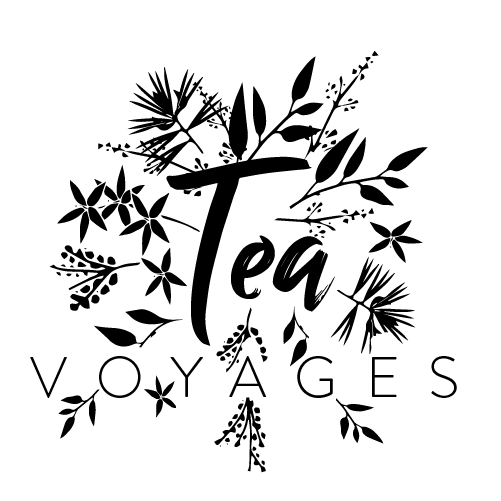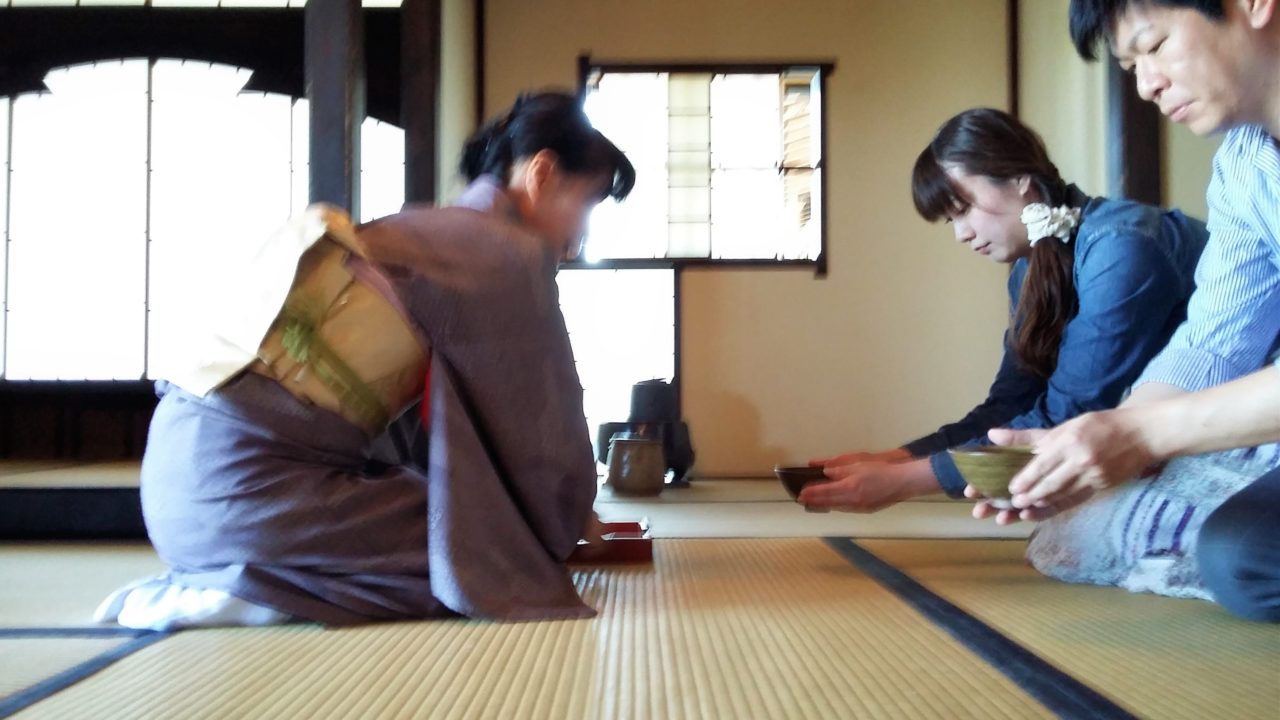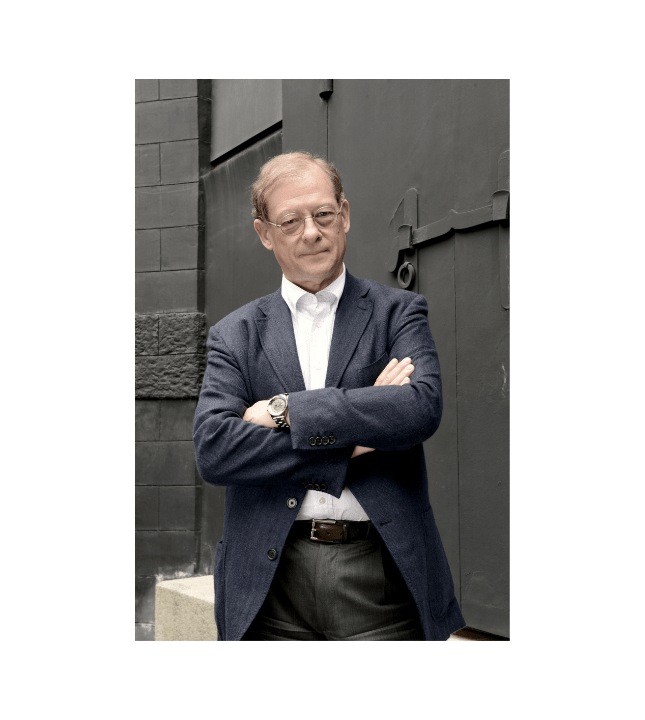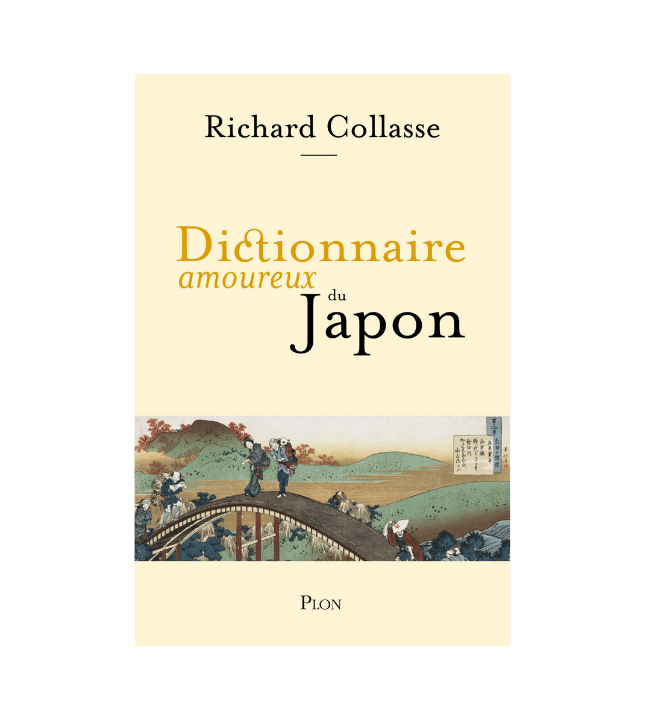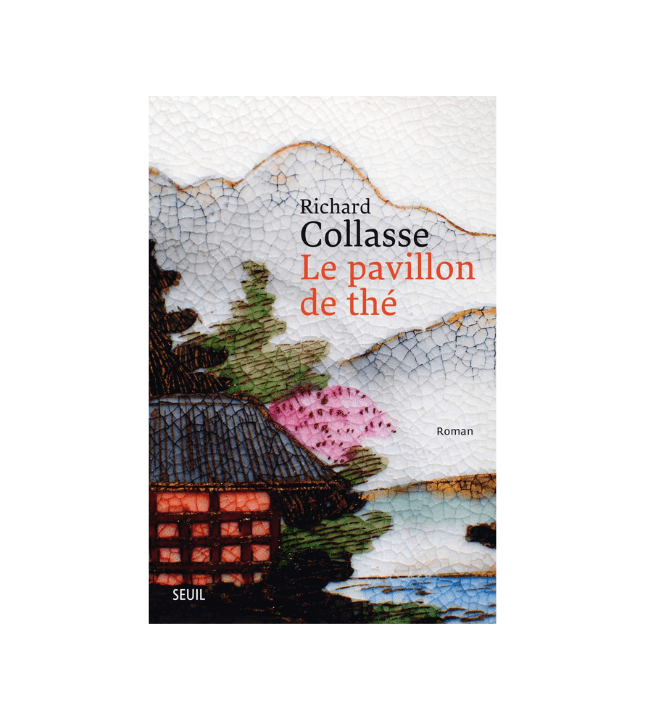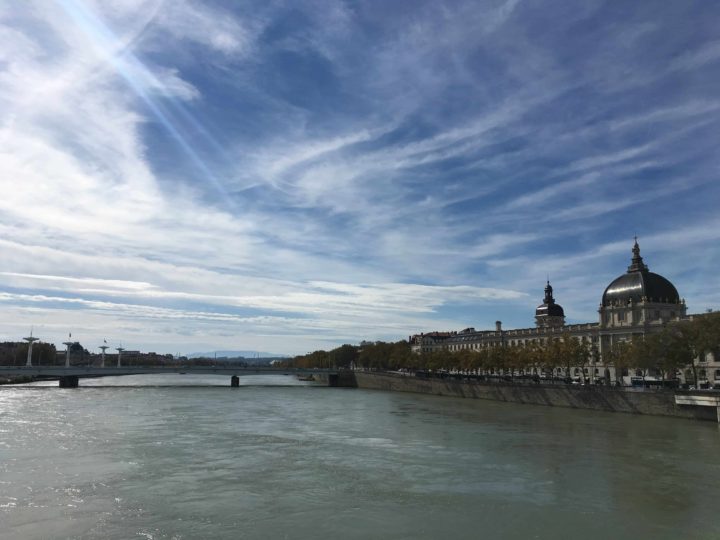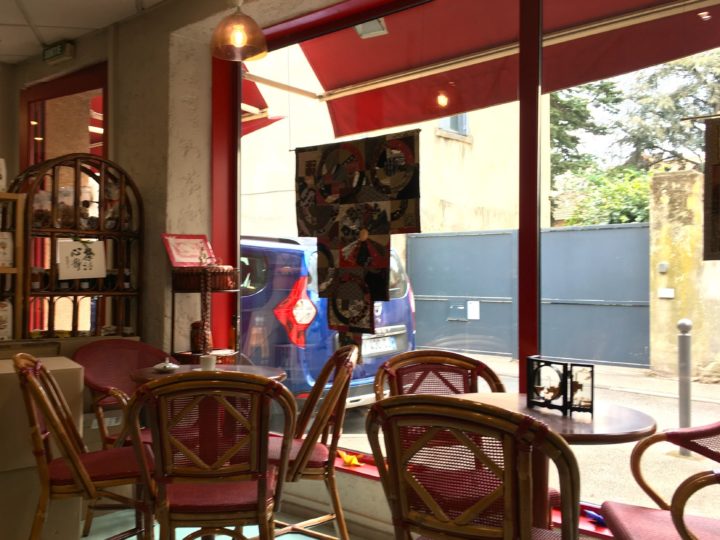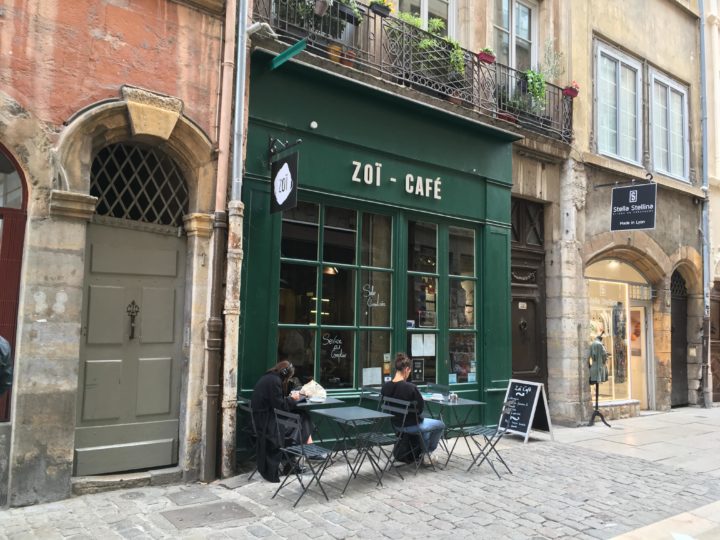Une version française de cette interview est disponible ici
Many if not most readers of Richard Collasse’s Pavillon de thé have certainly toyed with the idea of getting initiated to the Japanese tea ceremony. The novel undoubtedly possesses the fragrance of a quest story to many Japanese tea lovers.
Instant intuition after its final pages: the author’s personal experience of tea largely surpasses the details in this fiction. Second hunch: the Japan Lover’s Dictionary (Dictionnaire amoureux du Japon, Editions Plon) published this year end would certainly not fail to explore chanoyu based upon the novelist’s deep knowledge and regular practice.
In Richard Collasse’s narratives, insightful and delightful for their precision and sensitivity, places and atmospheres, sentiments and desires of men and women seem somewhat drawn from personal life experience. A childhood spent in Morocco followed by a very first journey in Japan before setting foot in the country, then a successful business career in the luxury industry as early as the end of the 1970s… From one continent to another, tea lingers as a regular theme of these voyages… On the way, along a constant call for romanesque, rest assured that nothing is lost in translation.
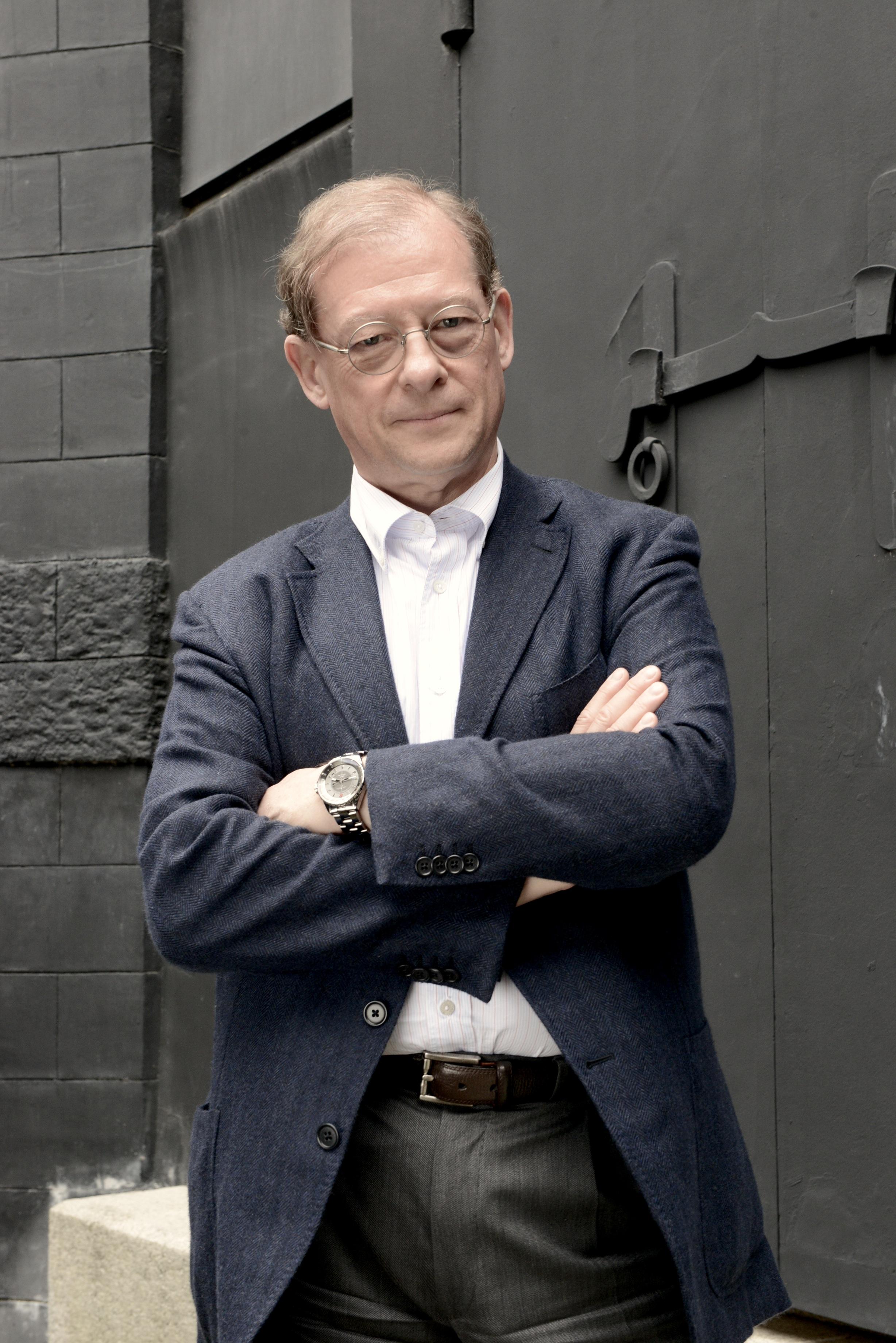
TeaVoyages.com: When did you attend your very first tea ceremony?
Richard Collasse: I attended many tea ceremonies during my first visit to Japan [editor’s note: in 1972]. Next year will mark the 50th anniversary of my very first trip in that country. The first time was when I was 17 – 18 years old.
How was your first trip in Japan?
My father, an air pilot at Air France, asked one of his colleagues to make arrangements for me. I was supposed to travel on economy but ended up in the First class of a 747 Boeing with a bar on the first floor. These aircrafts were inaugurated not so long prior.
During the flight, I meet a Japanese air hostess who is a bit surprised to see a very young man traveling to Japan at that time, and moreover, in first class.
Her surprise is comprehendible…
She is obviously intrigued and asks what my plans are after I arrive in Tokyo.
– Buy a Nikon camera, I answered.
– Where will you be staying? she inquired
– I have a host family in Tokyo. And then, after that, I still don’t know. I would like to visit Kyoto, Nara, Hiroshima.
– How about paying a visit to my parents who live in Kobe?
– Yes, why not, I replied.
… and I leave her my contact details. Shortly after, she phones my host family in Tokyo.
My host family was catholic. The mother spoke perfect English, being the daughter of a former Japan Ambassador in Great-Britain. One of her sons spoke fluent French as he was taking classes at the Ecole de l’Etoile du Matin, a Franco-Japanese college run by priests. Back then, I didn’t speak a word of Japanese.
They translate for me and confirm that the parents of the air hostess will welcome me in Kobe. I leave with their address and phone number.
More about « La Trace », the novel inspired by this very first trip (in French)
De nos jours. Président d’une prestigieuse maison de luxe implantée au Japon, le narrateur, un Français d’une cinquantaine d’années, mène une vie en apparence sans histoires. Marié à une femme qu’il aime, il se passionne aussi pour la photographie. Un matin, sa secrétaire lui remet une lettre anonyme, écrite en japonais.
Commence alors un travail de mémoire qui conduit notre homme à interroger son propre passé : son enfance en Afrique du Nord, sa découverte du Japon, dans les années 70, son ascension sociale et professionnelle dans un pays qui le fascine.
Il y a aussi les zones d’ombre, entre remords et souvenirs refoulés, d’où refait surface un amour de jeunesse, une Japonaise que le narrateur a rencontrée lors de son premier voyage.
Et si l’énigmatique auteur des lettres, c’était elle ?
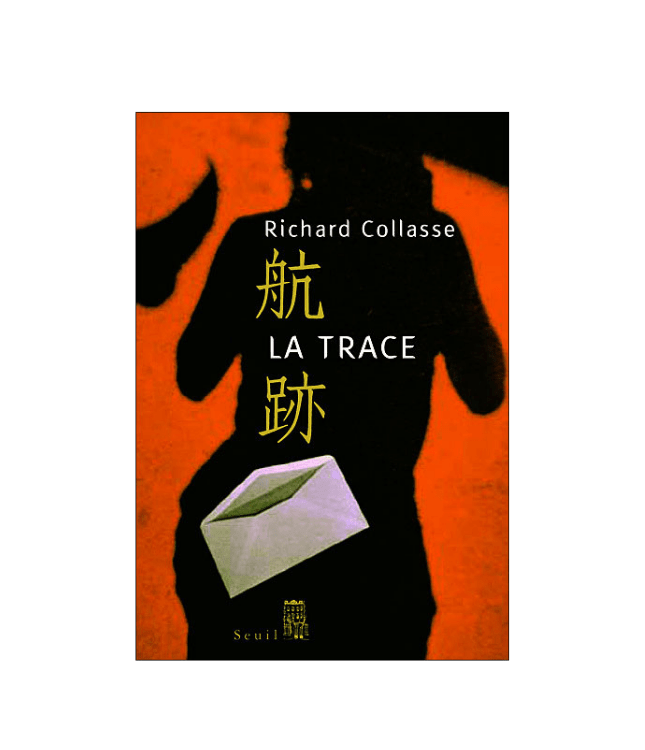
How did you reach Kobe?
At that time, I do not have a lot of money and cannot afford to take the Shinkansen. I hop on a night bus and arrive in Kobe the next morning at 6am. I find the address and walk along a wall for two good minutes. I thought I was lost.
Finally, I see an immense doorway and ring the doorbell. A lady in kimono opens the door. Am I at Wayakabashi-san’s home, I ask? I’m confirmed I was awaited.
In reality, I was received by one of the most affluent family in Kobe. I made several attempts to draw the map of their magnificent residence. It was comprised of several bridges, pavilions, one of which was a tea ceremony pavilion.
Do you have any remarkable memory or image of this stay?
Every morning, the father, Mr. Wayakabashi, would wake up at 5am, dress his kimono and arrange all the ikebana (the Japanese art of arranging flowers) of the residence which counted many tokonoma (alcove for the display of kakemonos or flower arrangements). There were so many of them that he had to proceed by rotation.
Then one day, he invites me to join a tea ceremony with his friends. I accept without knowing anything about it, believing that it would be very similar to British afternoon tea. That’s how I attended my very first Japanese tea ceremony in this very traditional family. The setting was extremely formal.
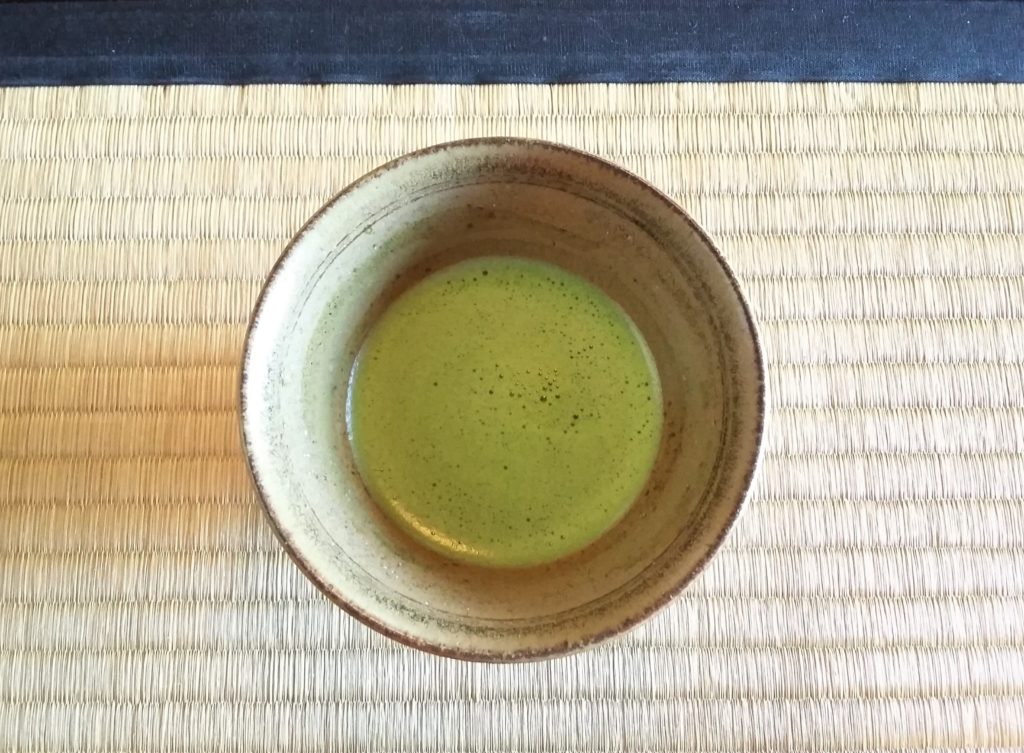
What impression were you left with as a young man?
I was fascinated by all the beauty and fluidity of the gesture. In my novel The Tea Pavilion, I compare this with drawing calligraphy in the air. This was my very first impression. I had no clue of what was happening but I sensed there was something extremely codified, of absolute beauty and aestheticism.
All the ladies were wearing kimono. It looked very serious and stilted, too. I was seating on my knees and was signaled that I could sit cross-legged.
It was of incredible beauty. The tea pavilion was on stilts above a pond of carps. This is my very first memory of a tea ceremony.
This journey in Kobe was an exceptional blessing after my stay in my host family in Tokyo, who was also a very sophisticated family. The father was a director of the Bank of Tokyo. The children attended catholic schools run by French priests and sisters. Learning French was part of the education.
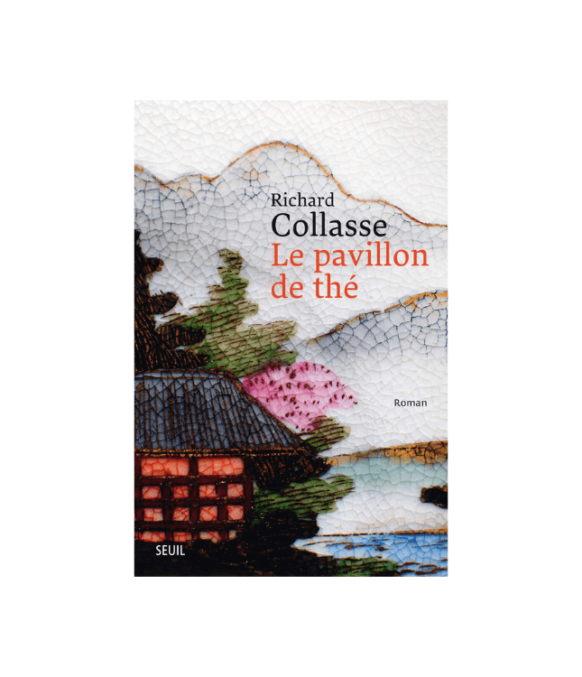
More about « Le Pavillon de thé » (in French)
1986. Une nuit d’hiver, à la veille du nouvel an, au cœur d’un vieux quartier perdu de Tokyo, dans le pavillon qu’il a fait construire au fond du jardin de sa maison, un homme pratique en solitaire la cérémonie ancestrale de la Voie du Thé.
C’est un Français. Il vit au Japon depuis plus de vingt ans. Jeune diplomate nommé à l’ambassade de France, il a quitté son poste pour un métier plus lucratif, mais qui l’ennuie. Sa vie tourne désormais uniquement autour de la Cérémonie du Thé, qu’il a étudiée avec les plus grands maîtres.
Il a aussi entretenu, dans les années soixante, une liaison clandestine avec une Japonaise, descendante d’une lignée prestigieuse de samouraïs, ce qui, dans la tradition nippone, la rend totalement inapprochable. Et quand la jeune femme s’est volatilisée, nul n’a songé à interroger ce Français, ni à sonder ses secrets… jusqu’à présent.
Did you feel compelled to explore the Japanese way of tea after this first experience?
Not really, to be honest. It was actually as fascinating as everything I saw in Japan during that trip: the Mount Fuji, kendo, this gentleman waking up at 5am each morning to arrange his ikebana, I loved it all.
However, it became important after I met my wife whose grandmother was a tea ceremony Master. My wife learned chanoyu as early as 5 by constantly being around her grandmother. She learned by osmosis, by impregnation, as she was helping to prepare the classes for the students.
It is only at that moment that my interest developed, even though I had attended many sessions prior.
The memory of a formal and stilted ceremony did not repel you?
The initial image was all about its codification and stiltedness: one stays quiet, says thank you and speaks only when the ceremony host talks to us, etc. But I attended a ceremony at one of our friend’s place who is absolutely masterful in the arts of tea, and found out it could also be very agreeable. The session in the Omotesenke style was carried out with all the precision one could expect even if the subtleties were not obvious to me initially.
Our friend would be cracking jokes, and chat in a very free and open manner. She displayed in her tea pavilion some very modern objects and sculptures, and that’s how I realized that it could be way less stilted than I thought.
Nowadays, young girls learn tea ceremony on a tatami facing a Master, but then, over time, they stop practicing due to lack of space… while it is actually very convivial and could be done on a table corner.
In other words, there are many ways to practice chanoyu…
Absolutely. I had the chance to attend a tea ceremony organized by the grand Master Sen Soshitsu XV in Kamakura, in the vicinity of the Great Buddha. He was already an aged man, around 87-88, and could not kneel anymore. He was sitting and facing a tea ceremony table, and it was as beautiful as on tatami.
What did this change for you?
I realized that there was no unique way to practice tea ceremony but multiple fashions. This picked my interest to the point that I decide to acquire a residence behind this Great Buddha and to have a teahouse built with ancient materials.
Then, I tell my wife that we have to arrange a kamai-ire (構える), the inaugural session of the pavilion. She holds me back on the grounds that we do not have the proper utensils, the adequate ceramics, that preparation takes time… I decide to do it by myself and to learn the tea ceremony with a niece of Sen Soshitsu XV of the Urasenke school.
I took classes for over a year every Monday evening, from 6pm to 10pm, in spite of a heavy workload as President of Chanel in Japan. Every Monday at 6pm, I waved goodbye to my secretary telling her that she would only see me the next day.
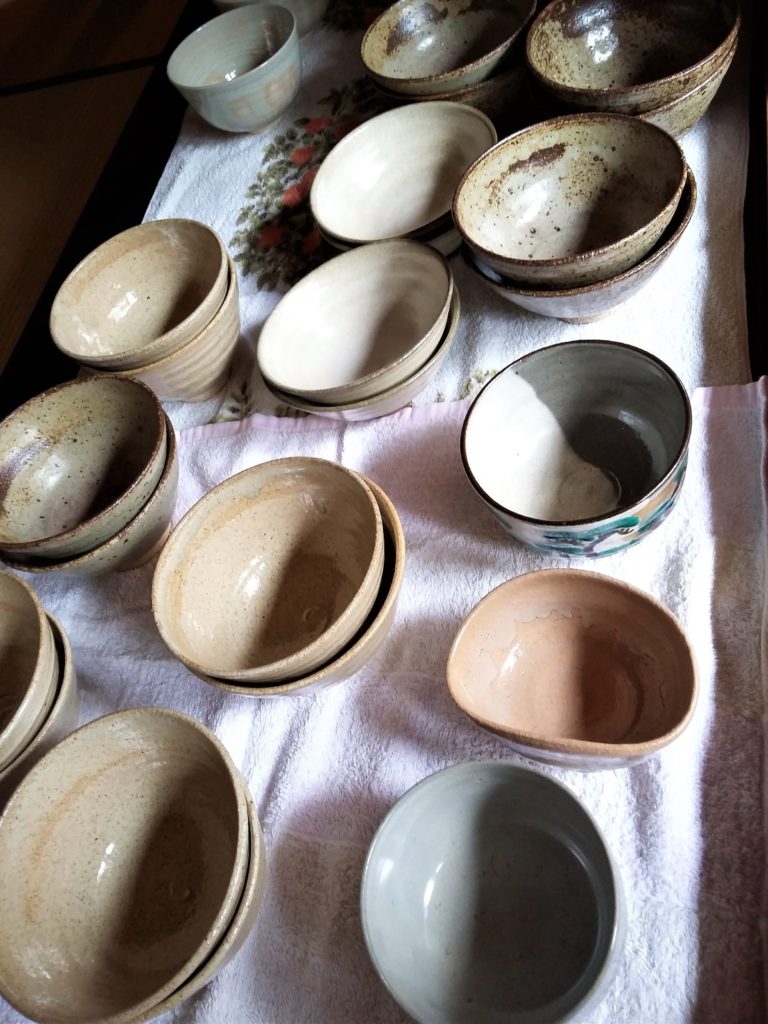
In your novel Le Pavillon de thé, you mention that “fluidity is the key of the mystery”, that “one has to learn with the heart, not in an academic manner, perform the gesture with a pure heart”. How does one achieve this?
First and foremost, let me emphasize that I’m a very active person by nature. Yet, when I started the classes as the only foreigner among many young ladies, I felt extremely serene, surprisingly. I found out I was able to patiently sit there, watch all these ladies perform the gestures of the tea ceremony one after the other before Master Sakurai.
I realized that a state of serenity was necessary to perform a tea ceremony, and that this serenity came quite naturally. Even for someone as active as I am. This was my first surprise.
Needless to say that one always feels very clumsy at first and this feeling sticks for at least the first fifty trials!
How does the learning process occur?
One learns mostly by osmosis along the other participants and not as much through some knowledge that is delivered by a professor or passed through a manual. A group of learners blends beginners with those who have reached a more advanced level. Each person rehearses by turns and we learn by observing the seniors, the senpai. The Tea Master actually does not perform the ceremony so often, except in great occasions like the New Year for instance.
How does one feel that progress is underway?
Mastery is acquired little by little by being aware of our own missteps or omissions. It is akin to progressively getting familiar with a new grammar. Over time, sentences are built with less flaws and get more orderly. The process comes naturally, gradually, slowly. Then, one day, one realizes that each single gesture was carried out properly without any mistakes. It’s like practicing scales on the piano.
In your personal experience, how long does it take to acquire a good mastery in order to become a Tea Ceremony Master?
One of my regrets is that I didn’t begin early enough to have a chance to become a Tea Ceremony Master one day. I should have started as soon as I arrived in Japan. It’s very subtle. It’s the Professor that decides when one passes the next level and can be considered a Tea Ceremony Master. One of my friends who lives in New York had practiced for 18 years before being ordained Urasenke Tea Ceremony Master.
Apprenticeship is long. It requires not only the perfect execution of the tea ceremony but also includes the deep and precise knowledge of the various utensils, their history, origins, techniques employed… It’s very broad because it encompasses many arts: ikebana, the art of incenses, etc., it’s a bottomless well of knowledge.
Regarding utensils precisely, is there one you have a particular affection for?
The chashaku (matcha spatula) is one that I find particularly beautiful, I carved one myself. Some made by great masters are extremely costly.
But fundamentally, this tiny object possesses a very moving flair: it’s a little piece of bamboo, patinated, curbed by a flame then carved, with a nodule to make it stand. I like it very much for its modesty makes its refinement.
Natsume (matcha tea box) are plenty. All the other utensils are magnificent. For sure, a spatula laying bare looks totally insignificant.
However, once displayed among all the other objects around, its centrality shines… just as every single object shines and regains its nobility at the very precise moment when its fulfills its purpose. Respect is inextricably reflected in how each object is employed throughout the ceremony.
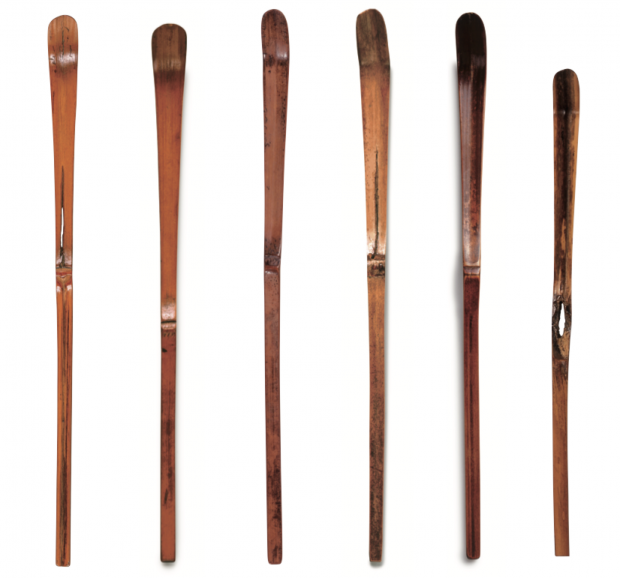
When asked about craftsmanship, you often mention that the craftsman’s soul can be sensed through the finished object. You have talked about the chashaku. What would elicit something similar in French craftsmanship?
In my view, three countries can pride themselves for embodying the art of perfection: Japan, France and Italy. These three cultures share the same passion for the shaping and molding of objects, a stage where the artist really puts their heart and soul in the manufacturing.
A hand-painted porcelain from Limoges is as beautiful as a Japanese tea bowl in my view. Japan honors their Living Treasures; in the same fashion we hold in high esteem the Meilleurs Ouvriers de France and used to feel the same for the Compagnons du Devoir prior.
High respect is paid to those who possess a craft. Another aspect has to do with handing the know-know over to the next generations. In Japan, it is through the observation of the Master for many years. In France or Italy in the case of the Stradivarius violins, we learn by observing the Master / Craftsman at work and by sharing an infinite respect for the object.
You grew up in Morocco, another tea country. What is your most memorable tea experience there?
Absolutely! In Morocco, the tea ceremony is called la tei. My father loved Southern Morocco and we often traveled there.
We were received by the Cheikh, the mayor of the village, who was our host. I recall kasbahs very far away in Southern Morocco, with a water jet in the center of very large courtyards in the most luxurious ones. With the moon hovering above our heads, there was a sense of something extraordinary and magic. Women stayed on the upper floors while men occupied the ground floor.
Mint tea was prepared by men. They used large tea pots where water was poured onto mint leaves several times in a row.
With a hammer, sugar loaf was broken into rocks and added in the tea pot.
Then tea was poured in beautifully ornated glasses from very high to let the fragrance disperse.
I recall an old man, extremely elegant, wearing a turban, a white beard and a djellabah gown. I was only a kid but sit with the men around the Cheikh. The local officials were invited, as well as the major personalities of the village to welcome the guests. This tea ceremony after a magical feast left me with a strong impression.
I believe that a tremendous respect for tea is comparably found in China, Japan, Morocco and in England where you season the teapot but you don’t rinse it.
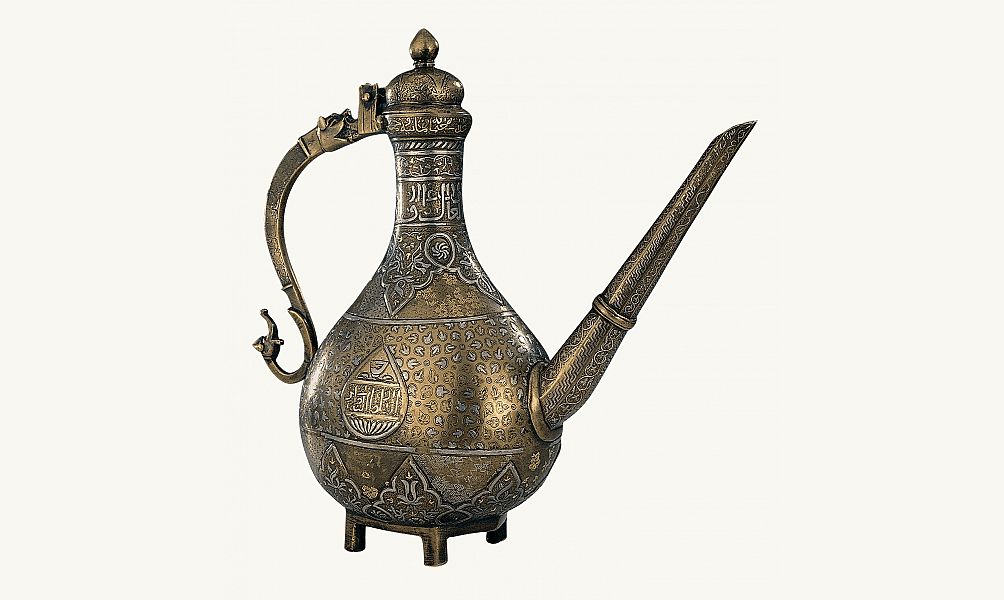
Do you think any similarities could possibly be drawn between tea customs in Morocco and Japan?
Other than the principle of a ritual, such as gongfucha that I have experienced in Taiwan’s tea rooms, tea preparation is obviously not the same. But beyond tea, some similar habits can be observed. My childhood was very imbued with my experience in Morocco. My parents were extremely respectful of Moroccan traditions. We lived among locals. My mother learned Fez cuisine with a Moroccan friend of hers. When Easter came, my father would take us in the great South, it was an adventure.
Then, I leave Morocco for Japan… and I realize that some practices are really similar, such as these ragmen who would wander in various neighborhoods blowing their trumpet and chanting ‘viozabi’ (which in French sounds like ‘used clothes’, ‘vieux habits’, editor’s note). In Morocco, used clothes were exchanged against a roll of hygienic paper. When I noticed the exact same practice in Japan, I instantly told myself: “ah but this is Morocco, I am home!”
Later on, I find out the existence of yatai (屋台), street food stalls, that were in all points akin to those located in Casablanca, Place de France. Except that it was grasshopper skewers in Morocco and tsukudani in Japan (佃煮, little fish, algae, seafood, mountain insects). It was quite surprising to notice similar ways of living in both places.
What are your tea habits when you are in business trips?
I’m fond of chanoyu but not sufficiently to bring the equipment to carry out tea ceremony when I’m not at home. I do own one of those portable tea ceremony kits but have never brought it with me on vacation trips.
I have a simple principle: I only have Japanese food in Japan because I can never experiment the same taste and mood as in Tokyo. I easily dissociate the cultures and experiences of the different countries I have lived in, especially when it comes to what is served at lunch or dinner.
Is there a tea that you are particularly fond of?
There are many ones. I like pu’er and Chinese teas very much, and not necessarily the aged ones.
What can one learn about tea in the Japan Lover’s Dictionary released this year end?
My mood ticket aims to inform readers that if you are experimenting a tea ceremony sitting on benches with fifty other tourists around you and watching a Tea Master, you are doing it the wrong way. It gives such a false sense of what chanoyu is that it should be forbidden! (laughs).
Well, actually, I provide many details on the tea ceremony based on my own experience and the Masters I have known. The entry is quite long because this is the essence of all the other Japanese arts: architecture, gardens, ikebana, kakejiku (suspended rolls or paintings)… This writing experience forces one to take some distance.
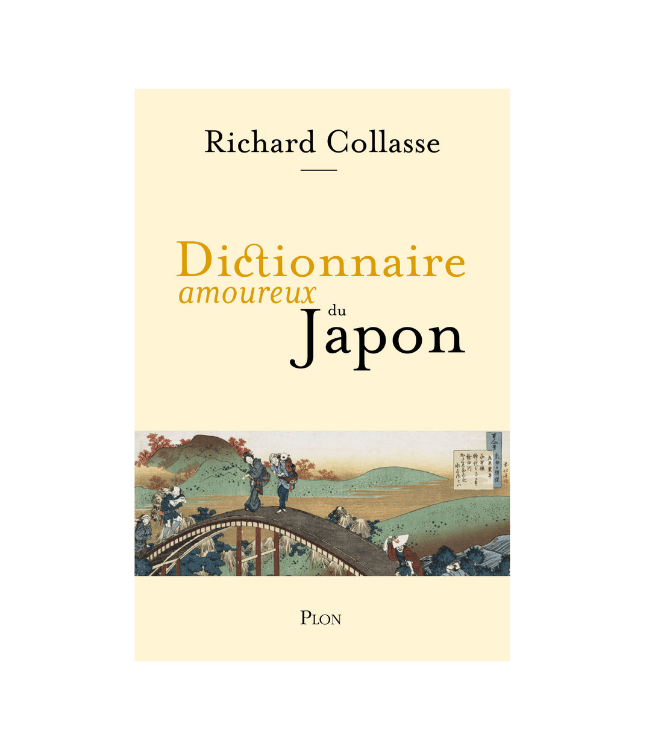
More about the « Dictionnaire amoureux du Japon » (in French)
Il suffit de prononcer le mot Japon pour qu’aussitôt un déferlement d’images et de mots s’impose à nous : kimono, samouraï, geisha, esprit zen, karaoké, manga, sushi, Kenzo, Murakami … tous font partie de notre univers et appartiennent à notre quotidien.
Richard Collasse nous plonge dans l’intimité du pays du soleil levant qui satisfera aussi bien les japonophiles que ceux qui ignorent tout de la culture japonaise. L’auteur fournit des clés essentielles pour comprendre les paradoxes qui structurent cette culture hyper moderne dans laquelle les traditions et le rituel occupent une place prépondérante créant ainsi un équilibre subtil donc nous pourrions apprendre tant.
Un texte kaléidoscopique qui nous fait prendre la mesure toute la richesse de la culture japonaise, de sa géographie et son histoire, à sa littérature et son cinéma en passant par la pureté de son design et les prouesses de ses architectes qui ne manquent pas de nous séduire.
Richard Collasse nous invite à chasser nos idées reçues, à dépoussiérer notre mémoire et à tenter de décoder les énigmes de ce pays fascinant. L’auteur partage son point de vue, celui d’un européen qui s’est complétement fondu dans la culture japonaise pour y vivre depuis près de 50 ans en immersion totale, au point d’en parler parfaitement la langue, d’y mener toute sa carrière et d’y avoir fondé une famille.
Besides the topic of tea, what other themes do you touch upon in this Dictionary?
The Dictionary includes about 250 entries. With such a large number of themes, choices had to be made. This leads me to question myself: “who am I to talk about Japan after all?”. I regularly recall to myself Rudyard Kipling’s regard for the finesse of this country that shall be honored through our writings.
Richard Collasse (1953-) is born in the Aude department in Southern France. Since his first novels in 2006, his narratives unfold in Japan where he settles by the end of the 1970s as a business representative for French luxury brands, then as President of Chanel. His novels are published in French (Editions Seuil) and in Japanese.
Photo credits: ©DR, ®Lucille Reyboz, Iromegane, © IMA | Philippe Maillard
Interview made on July 9, 2021 by Marie-Claire Thao
Read more
Interviews on Japanese tea in English : Shuzo Nagumo, tea mixologist | Prof. Masashi Omori, GABA tea and the innovations of Japanese tea
In French
Tous nos articles sur le Japon
Livres et films : Le livre du thé (Okakura Kakuzō) | Vie du thé, esprit du thé (Soshitsu Sen) | Dans un jardin qu’on dirait éternel (Tatsushi Omori)
